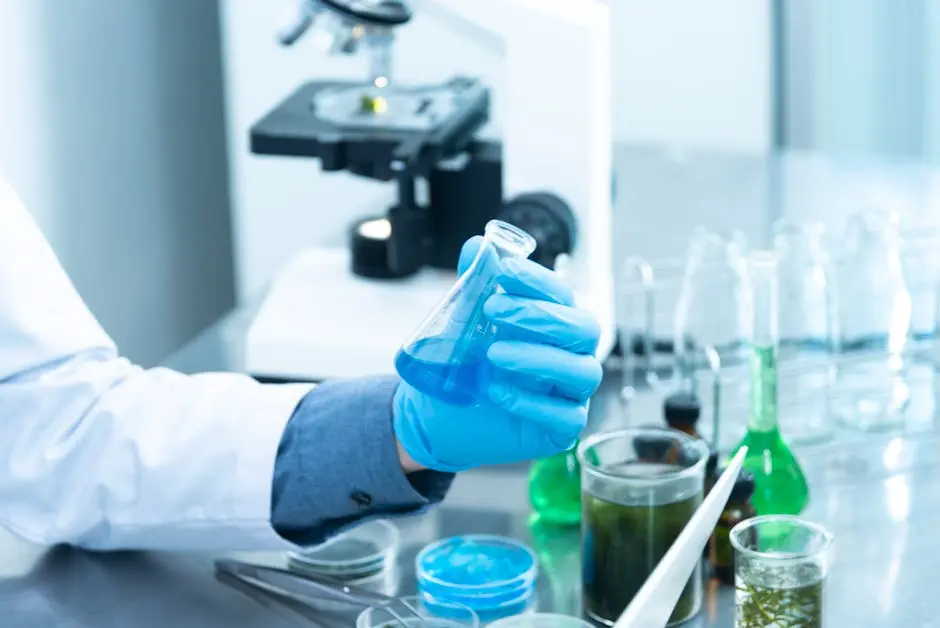Streamlining Your Engineering Projects with Advanced Soil Testing Solutions
In the world of engineering, ensuring the right foundation can make or break a project. Advanced soil testing solutions provide invaluable insights that help streamline the process, saving time and resources. This blog will explore how effective soil testing can enhance project outcomes and ease the engineering workflow.
Understanding Soil Testing: The Basics
Soil testing is a critical process that begins by examining the physical and chemical properties of soil. Understanding the characteristics of soil is essential for engineers, as different projects have varying requirements based on the soil’s attributes. For instance, sandy soil offers different stability than clay soil, influencing foundation designs and material selection.
There are several methods of soil testing, including visual inspection, laboratory testing, and in-situ testing. Visual inspection is often the first step, where engineers assess the soil’s color, texture, and moisture levels. However, laboratory testing provides a more detailed analysis, revealing the soil’s composition and its capacity to support structures.
In-situ testing is another critical element, as it allows for testing the soil’s properties in its natural state. Techniques such as the Standard Penetration Test (SPT) and Cone Penetration Test (CPT) can help engineers understand soil strength and stability. These methods contribute crucial insights, which help in making informed decisions about construction and design.
Importance of Soil Testing in Engineering Projects
The significance of soil testing in engineering projects cannot be overstated. Proper soil analysis helps prevent structural failures, which can lead to costly repairs and project delays. By understanding soil conditions from the outset, engineers can design foundations that are tailored to the specific needs of the site, greatly enhancing project success.
Furthermore, adequately conducted soil testing can aid in identifying potential hazards, such as soil compaction and corrosiveness. These factors, if ignored, can result in severe structural issues down the line. Thus, early identification allows for corrective measures to be seamlessly integrated into the project plan.
In addition to safety concerns, soil testing contributes to environmental considerations. It can help determine how much soil alteration is necessary and how construction activities may impact the surrounding ecosystem. This awareness fosters responsible engineering practices, which is vital in today’s environmentally conscious world.
Advanced Soil Testing Techniques and Technologies
With advancements in technology, soil testing techniques have also evolved significantly. Digital technologies, such as remote sensing and geographic information systems (GIS), now play a crucial role in soil analysis. These tools provide powerful data visualization, offering engineers a clearer understanding of soil variability on the project site.
Moreover, laboratory techniques have become more sophisticated, allowing for more comprehensive testing. Techniques like X-ray diffraction and scanning electron microscopy identify soil mineral composition and texture at a microscopic level. This enhanced understanding equips engineers with the knowledge needed for precise material selection and construction methods.
Innovative approaches, such as non-destructive testing methods, further enhance the precision of soil testing. These methods facilitate the examination of soil properties without altering the soil structure, thus offering an accurate depiction of in-situ conditions. Such advancements enhance the reliability of soil testing and empower engineers to make well-informed decisions.
Integrating Soil Testing into Your Project Workflow
Successfully integrating soil testing into engineering workflows is essential for maximizing project efficiency. Effective collaboration between geotechnical engineers and project managers at the planning stage ensures that soil testing is prioritized and executed promptly. This proactive approach lays the groundwork for comprehensive data gathering that informs subsequent project phases.
To ensure smooth integration, it’s important to establish a clear communication channel between all stakeholders involved in the project. Frequent team meetings and updates will facilitate discussions about soil testing results and their implications on design and construction. This collaboration will ultimately lead to a more cohesive workflow.
Additionally, leveraging project management software can enhance the effectiveness of integrating soil testing. By documenting soil tests and outcomes, teams can reference past results and utilize them for future projects. This not only promotes knowledge sharing but also fosters continuous improvement within the organization.
Case Studies: Successful Projects Utilizing Advanced Soil Testing
Numerous engineering projects have benefited from implementing advanced soil testing. One notable example is the construction of the One World Trade Center in New York City. Extensive soil testing revealed the complex underground conditions, leading to innovative foundation design solutions that addressed the unique challenges posed by high water tables and varying soil types.
Another project worth mentioning is the expansion of the San Francisco Bay Bridge. Comprehensive soil analysis allowed engineers to identify weak soil layers and design appropriate reinforcement methods. By utilizing advanced soil testing techniques, the project not only ensured safety but also optimized construction timelines and resource allocation.
These success stories illustrate the power of advanced soil testing in overcoming challenges and delivering projects that meet both safety and performance standards. As engineers learn from these experiences, we continue to see innovative applications of soil testing in various infrastructure projects worldwide.
Future Trends in Soil Testing for Engineering
The future of soil testing in engineering is poised for exciting advancements. As technology continues to evolve, soil testing methods will become more sophisticated and efficient. The integration of artificial intelligence and machine learning can potentially automate data analysis, allowing engineers to glean actionable insights quickly.
Moreover, sustainability will be a driving force in the development of soil testing techniques. As engineers increasingly recognize the importance of environmental stewardship, soil testing methods will likely incorporate eco-friendly approaches that minimize ecological disruption. This shift towards sustainable practices is essential for fostering responsible engineering.
Ultimately, the combination of technological innovation and a focus on sustainability will shape the future landscape of soil testing. As these trends unfold, engineers will find themselves more equipped than ever to design and construct safe, reliable, and environmentally responsible structures.
Final Thoughts on Soil Testing
Implementing advanced soil testing solutions can undeniably streamline your engineering projects. By prioritizing soil analysis, you not only ensure a solid foundation but also contribute to the overall efficiency and success of your projects.



